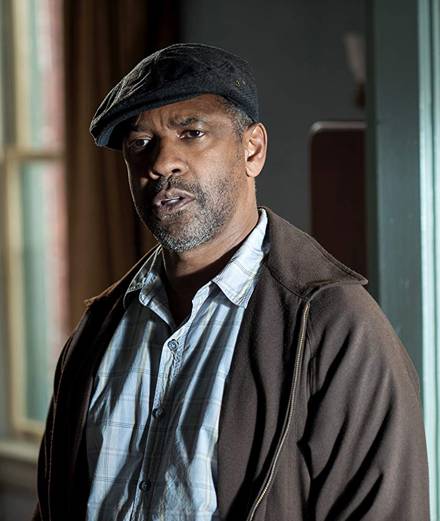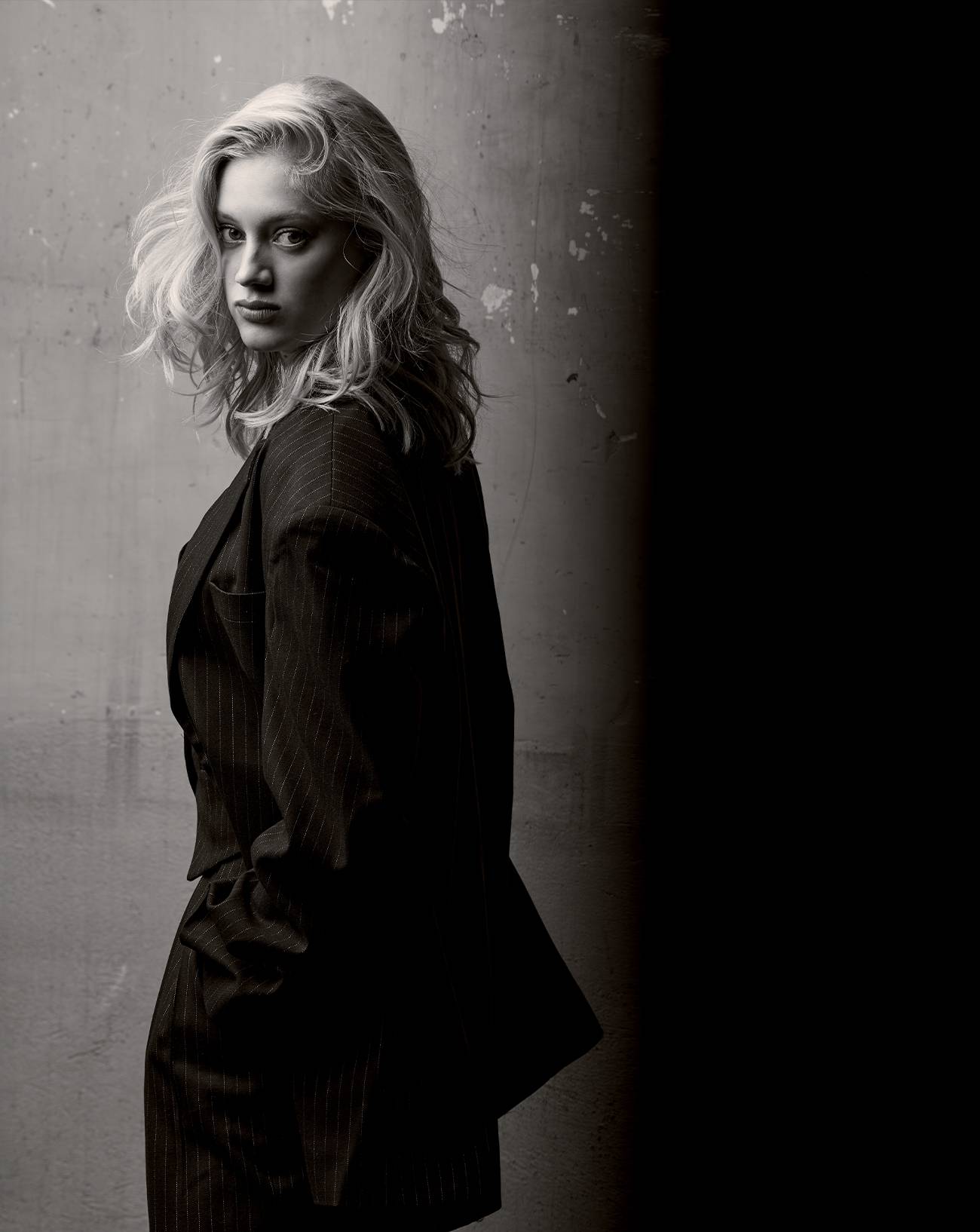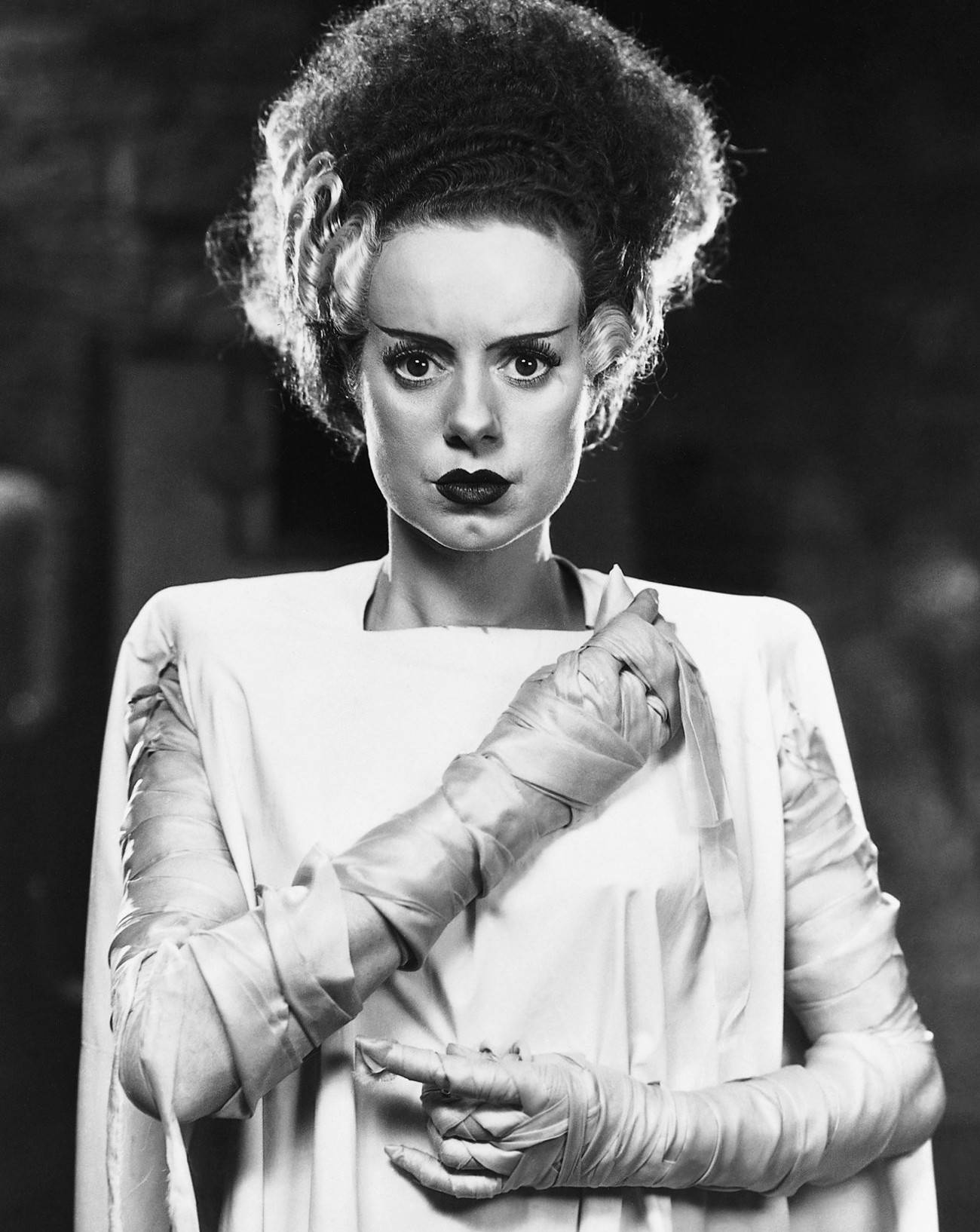

For over 25 years now, Tilda Swinton’s willowy silhouette and intense, expressive face have been lighting up the silver screen. Among her many appearances, some have stood out more than others, such as in Jim Jarmusch’s Only Lovers Left Alive, where she played an ancient vampire, a melancholy metaphor for the eternal artist in a world that no longer has much use for poetry. But poetry is precisely what the Scots-born Swinton has constantly sought to bring alive right from her beginnings in the late 1980s, when she worked with the high priest of British queer cinema, Derek Jarman. Since then she’s been directed by the Coen brothers in Burn After Reading, by Wes Anderson in Moonrise Kingdom and The Grand Budapest Hotel, by David Fincher in one of his best films – The Curious Case of Benjamin Button – as well as by the South Korean filmmaker Bong Joon-ho in Snowpiercer and Okja. Apart from French actresses Isabelle Huppert and Juliette Binoche, it’s hard to think of anyone who could rival her in terms of diversity and creative energy.
And in reality Swinton is the co-author of the roles she plays, something that goes beyond mere acting. Fashion and auteur cinema see in her a muse with unfailing taste who is attracted to the radical like a moth to the flame, but defining her as such does not tell the whole story – she’s also capable of bringing a welcome queerness to popular big-budget productions such as The Chronicles of Narnia or Doctor Strange. This autumn her latest film with her close friend Luca Guadagnino hits the screens: a remake of Dario Argento’s cult 1970s horror film Suspiria, in which she plays a choreographer who is literally haunted by her profession. Disturbing, free, funny and luminous, Swinton constantly manages to fuse the contrary. Numéro asked her about her creative process, her love of witches, the roles of technique and instinct in her craft and even her nighttime dreams…
Numéro: Let’s talk first about Suspiria. It’s probably one of the most deranged and fascinating films you’ve ever done. What did you like about the project?
Tilda Swinton: I’ve been talking to Luca Guadagnino for over 20 years about a dream to make a “cover” of Dario Argento’s 1977 Suspiria. We both had a bit of a thing for that film: Luca since his teenage years, me having seen it as a student. The project of digging into the same soil as a beloved tree and finding new instincts growing out of that ground is a particularly satisfying one. Dario’s film is an hallucination – bonkers in all the right ways and wildly inventive. It quite literally inspired Luca to be a film director in the first place. And I’m sure he’s not the only one...
“Dario’s film is an hallucination – bonkers in all the right ways and wildly inventive. It quite literally inspired Luca to be a film director in the first place.”
How would you describe the shoot? Was working on the film like a trance?
I wouldn’t use that word, no. It was, like all filmmaking, highly practical, an endurance in terms of stamina – but great fun! We had the luxury of shooting in the peace of a location – an abandoned hotel near Varese in the north of Italy – in which we were able to build all our sets without interruption or outside concerns. We were a nice mixture of old friends, colleagues who have worked together over many years, new faces, and a company of dancers, who were the heart of our enterprise. Their discipline and the inspiration of their work gave us all a daily boost. It was cold and misty most mornings, and we worked from darkness to darkness all through the winter. We ate risotto with chestnuts every Sunday. It was magical!
In popular culture, witches are very interesting female figures. Feminists tend to adore them. How about you?
The last witch in Scotland was burned, less than 200 years ago, in a village near to where I live in the Scottish Highlands. A mile from our house, a woman called Isobel Gowdie, a powerful and charismatic “teller of tales,” was burned alive after “confessing” to acts of witchery ranging from turning herself into animals to shagging the devil and every thrilling possible thing in between. I have always found this fascinating stuff, not only because of the proximity of these casual matters of fact, but the consistent narrative that runs through our ever-evolving “civilization,” the incidental devaluing and demonizing of the intelligence of women and the attempts to suppress their “magick” in the name of the rational. Meanwhile, the vital significance to the human psyche of wild women, of wise women, of devouring mother figures, from Kali in India to the Gorgon everywhere, the child-stealing Rangda in Bali, to the snake goddesses of Greece, is very real. The power of the feminine and its formidable shadow potential is accepted throughout human culture across all continents and millennia. We need to know the dark stuff to truly value and understand the light. The supernatural properties of people of all genders – from shaman to priest, from dominatrix to rock god or goddess and well beyond – drive our society forward always. All hail the witches and wizards, their spells and hocus-pocus, their illusions and enchantments!


You’ve had a close relationship with Luca Guadagnino for decades now. How did you meet?
How have you evolved as a person and as an actress with him? I met Luca in 1994 in Rome: Derek Jarman had not long died and there was a conference organized there to celebrate his life and work. Luca was 22 and introduced himself to me as a filmmaker who had written to me months previously to invite me to work with him on a short film adaptation of William Burroughs’s Penny Arcade Peep Show. I remembered the letter and, extremely embarrassingly, that I had never replied to it. When I enquired as to how the film had gone and the answer was that, having never heard from me, he had never made it, I was brilliantly caught in the nexus of mortified guilt and intrigue. We became fast friends immediately! We’ve shared from that first meeting not only a very easy familial feeling, but a highly compatible love of, and vision for, a certain kind of cinema – I call it “senseational” cinema, where the audience is immersed in atmosphere, sight, sound, taste, smell, tension and emotion. We first started developing this approach with Io sono l’amore, which we shot in 2008 after a decade of planning. With Suspiria, the adventure rolls on. As for my evolution, any friendship that develops over such a period of time is a dear possession in a life. In many ways, we’ve been growing up together – or maybe rather keeping each other from growing up. I suppose that’s a matter of perspective...
Do you consider your self an actress or a per former, which could mean something broader?
I have never described myself as an actress. This is partly because I never intended to become one, but also, as a point of accuracy, because whenever I read or hear proper actors describing their working lives and processes, I know that my own existence is dissimilar in too many ways to claim kin. I became a performer at a point in my life when – temporarily as it turns out, but for a long time nonetheless – I stopped writing. And very much for the sake of company, to make things in a group, for the fun of it. I started making films with Derek Jarman in 1985. We worked together for eight years and made seven films together. With him I learned a way of working collectively, and very often without a script of any kind – experiential, improvised and decidedly not acted. All of us who worked with Derek were expected to think of ourselves as authors of our own work, to be responsible for our own contributions. This was, inevitably, the emblematic experience of my earliest days making films, this sense of shared authorship. It has meant I have always looked for close working relationships above every other element when deciding on my steps ahead. It’s the connection and the joy of conversation between colleagues that keeps me making films.
Do you think a display of technique and craft are impor tant when you act, or do you tend to rely purely on your instincts?
Filmmaking is an extremely technical and precise art. However, the trick is that it might never appear – or, as you put it, display itself – as such. My personal attachment to filmmaking is to enjoy the forensic period of pre-production (which sometimes lasts several years) to the very hilt – figuring out the detail and thoroughly planning the fantasy being the best and most enjoyable of times. And then, the moment that shooting begins, with everyone gathered together, to abandon oneself to pure relaxation and play.
“The supernatural properties of people of all genders – from shaman to priest, from dominatrix to rock god or goddess and well beyond – drive our society forward always. All hail the witches and wizards, their spells and hocus-pocus, their illusions and enchantments!”
Do you ever remember your dreams? Does your unconscious life feed into your artistic life?
Occasionally I will remember a dream as far as the landing, but rarely as far as the kitchen. But I once had the bizarre experience of being halfway through making a film when I realized that the narrative strongly resembled one of my earliest, repeated dream scenarios. It was Bleu Profond by David Siegel and Scott McGehee: I was playing a woman who has found a body that she knows she is not responsible for, and yet she undertakes to hide it for fear of discovery. Doubtless, all artistic endeavour is informed – fuelled, in fact – by the freedom of our unconscious. It is the meat and potatoes of our material, however aware or not we are of the fact.
Do you think that movies and fashion face the same issue, the fight between art and commerce? Which do you think is winning?
I don’t see it as a war or a competition, more an ecosystem. Renaissance painters and sculptors needed their patrons, and vice versa, just as we do today. There’s more than one way to fund one’s artistic integrity.
Can you tell us about your forthcoming project with Apichatpong “Joe” Weerasethakul?
I’ve known Joe for years. We’ve been planning to develop a project together ever since we met. We started by setting ourselves the task of finding a corner of the planet in which to set our story. Somewhere unknown to us both. Several months ago, it became clear that we would shoot in Colombia. We will start filming next year, and I can’t wait!
What do you think of the #TimesUp movement?
It’s never the wrong moment for our society to call time’s up on all bullying and abuse of power, of any and every kind, perpetrated by persons of any and all gender identification and inflicted upon persons of any and all gender identification. Voilà.
What is there to hope for in this dangerous world? Can art save us, or just distract from the doom?
I believe – and observe to be true – that there is joy and progress and enlightenment everywhere we care to look, today more than ever in human history. That we can hope for anything we wish to hope for. And work to make it so. That giving up is not an option. Art, along with nature, justice and friendship are the greatest powers we can invest our lives in. We are mortal and, as such, the doom of our demise is beyond debate. It is a delusion to take this personally: there is no failure in this, but the triumph of inexorable evolution. Make hay while the sun shines! Life is short! See you up the mountain/on the beach/on the dance floor!









